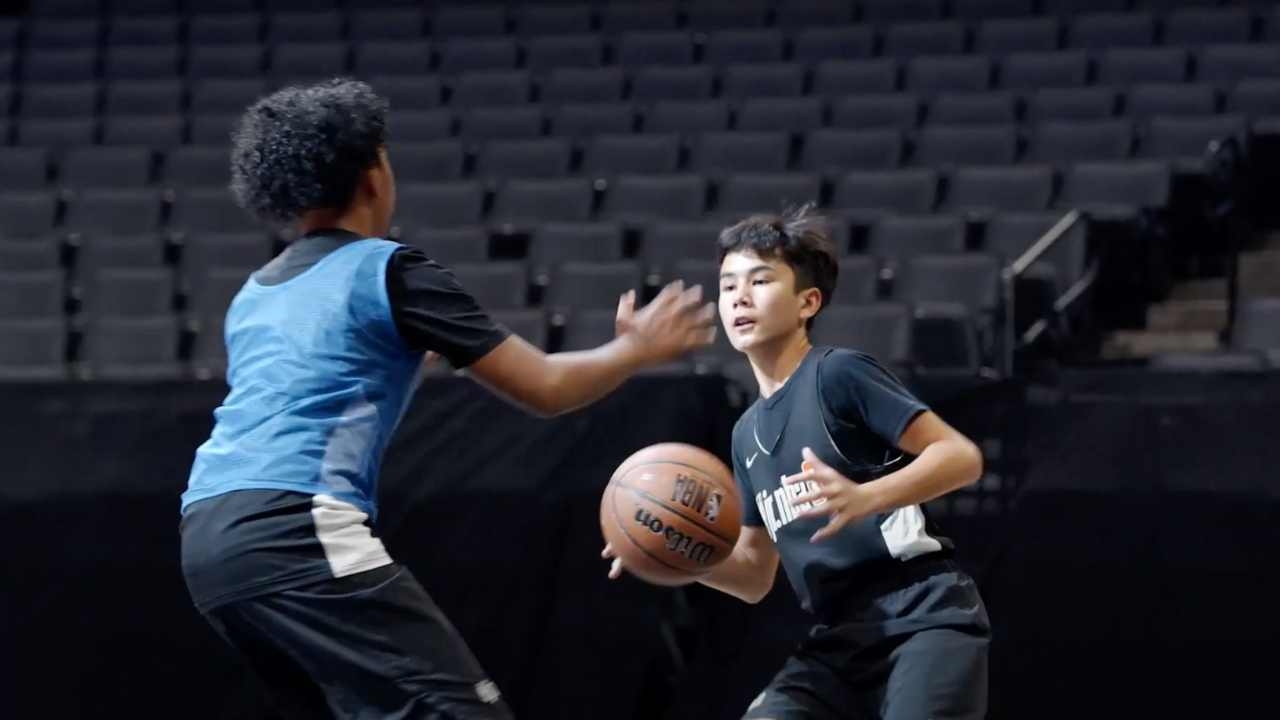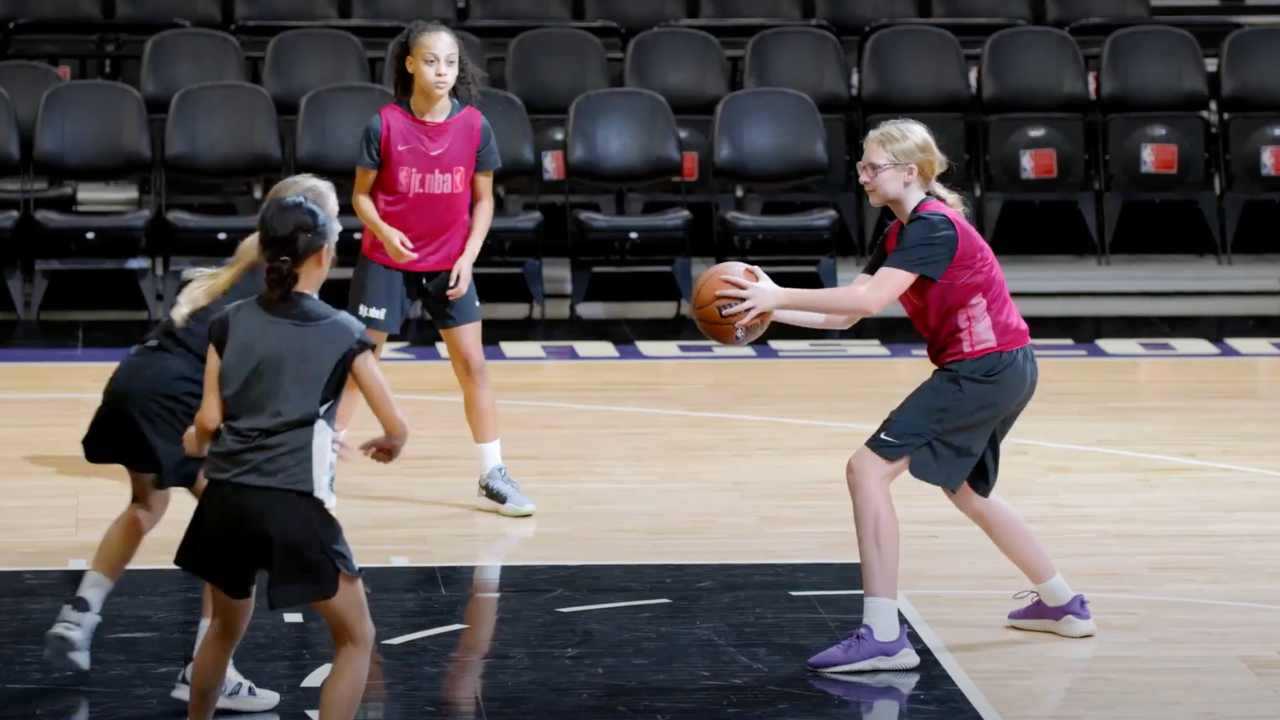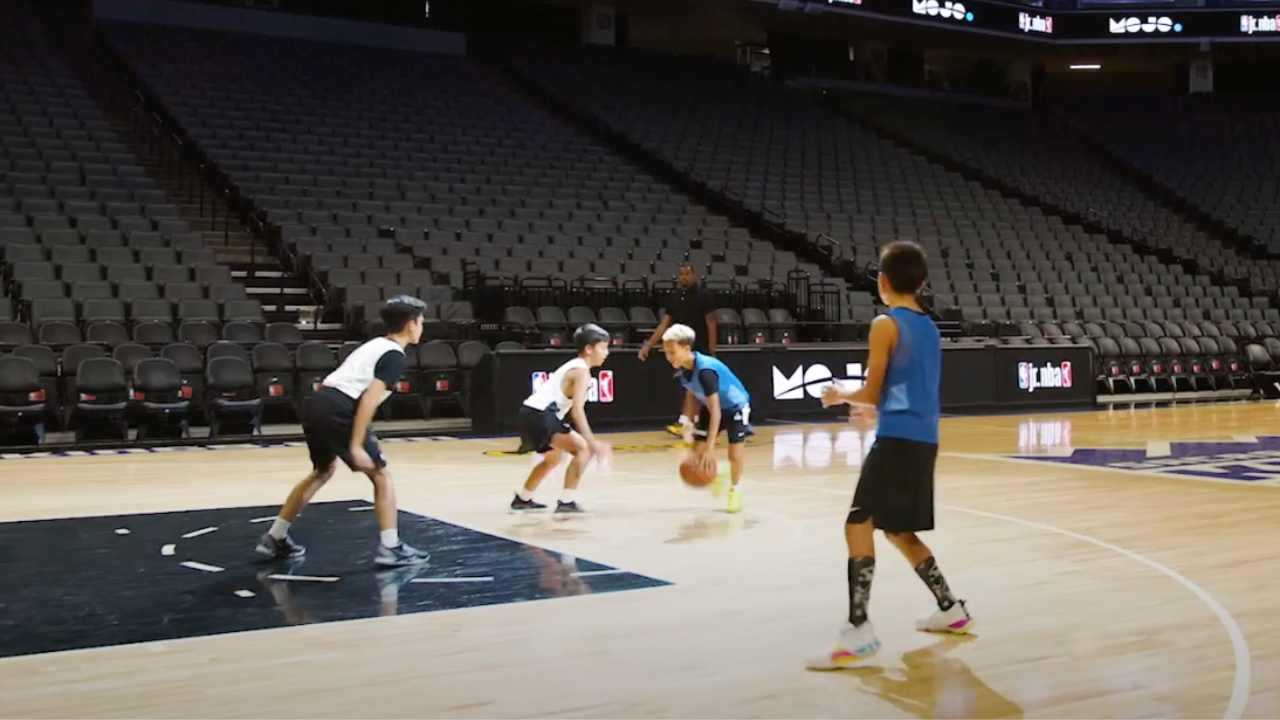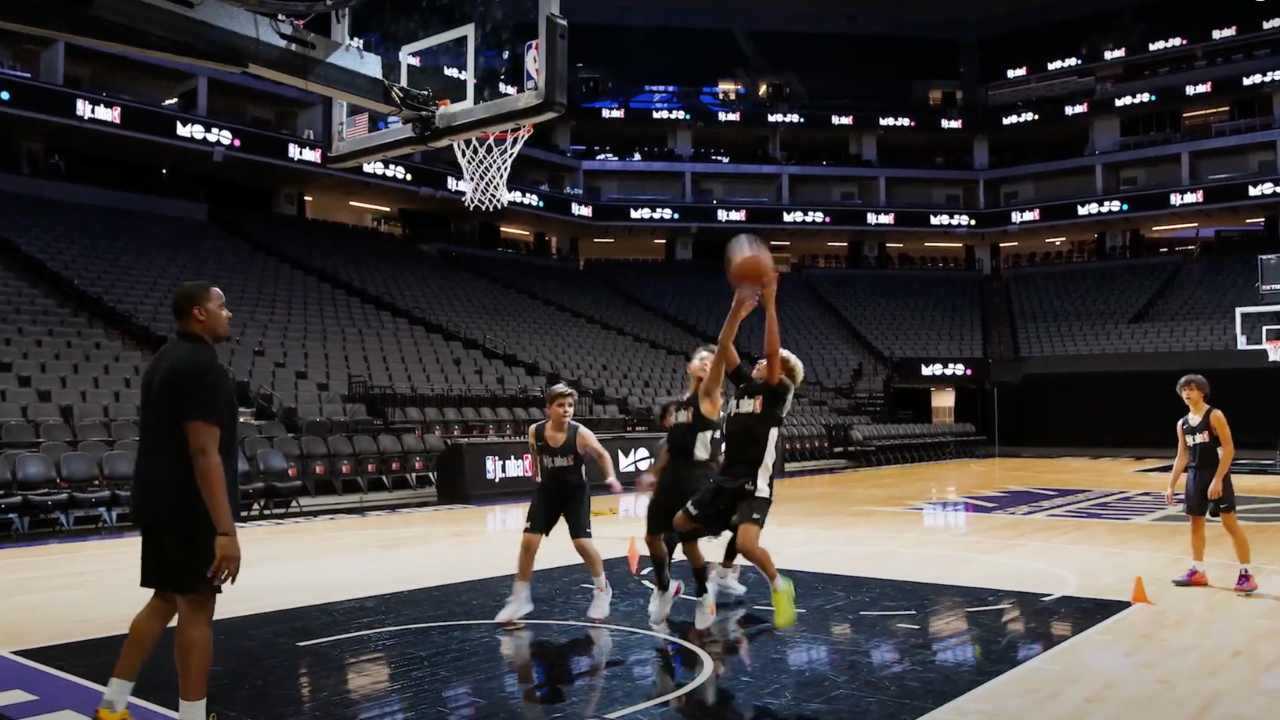The Pros and Cons of Man Defense
Or, why player-to-player defense reigns in youth basketball
Team MOJO
| 3 min read

One of the first defensive strategies kids learn is man defense — a.k.a. man-to-man, player-to-payer or match-up defense. This is where each player guards a specific player on the opposing team.
Man defense should be the staple for every youth basketball coach’s playbook, so it’s important to understand its advantages and disadvantages.
Here are a few.
Pros:
- One of the biggest advantages of man defense is that it allows you to focus on shutting down specific players on the opposing team. You can put your best defenders on their best scorers and make it tough for them to get open shots.
- Man defense is also a great way to teach individual defensive skills to your players. They’ll learn how to stay in front of their opponent, anticipate moves, defend cuts and use their hands effectively. Above all, they learn to be accountable for a specific player and can take pride when they stop their assigned player.
- Man defense can be very effective when you have a team with good athleticism and speed. If your players are quick and agile, they can use that to their advantage and shut down the opposing team.
Cons:
- One of the biggest challenges of man defense is that it requires a lot of energy and focus from each player. It’s easy to lose track of your opponent or get tired and let them get past you. One solution is to substitute players regularly or start playing man defense from the center line.
- Man defense can also be tough if you’re facing a team with a lot of height or size. If your players are significantly smaller or less physical than their opponents, they may struggle to keep up.
- At higher levels, man defense can be vulnerable to screens and picks. If the opposing team sets up a good screen, it can be tough to switch or keep up with your assigned player.
Despite its challenges, man defense is the best way to develop a player’s defensive and offensive capabilities. That’s one reason many basketball leagues around the world prohibit zone defense up until the age of 12 or 14 — to foster player development and allow kids to practice the skills and decision-making they’ll need at higher levels.




